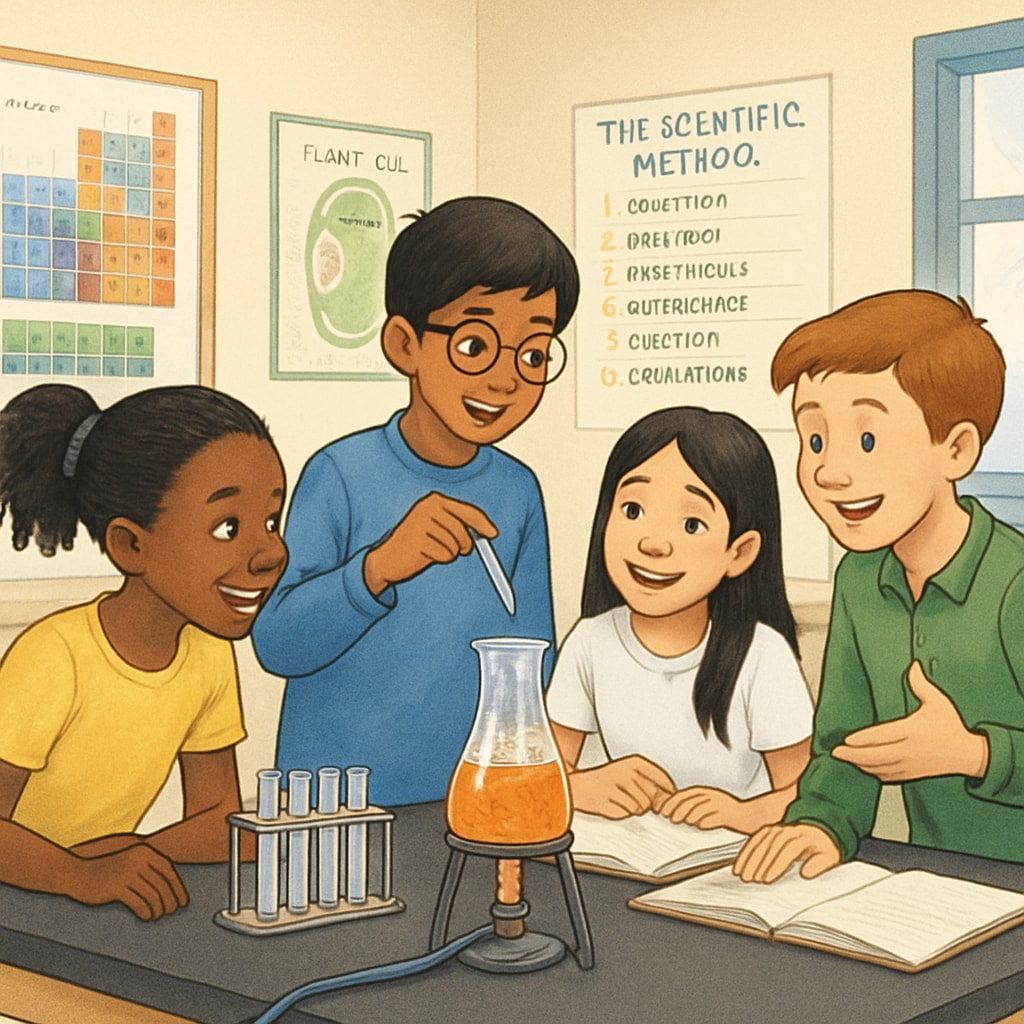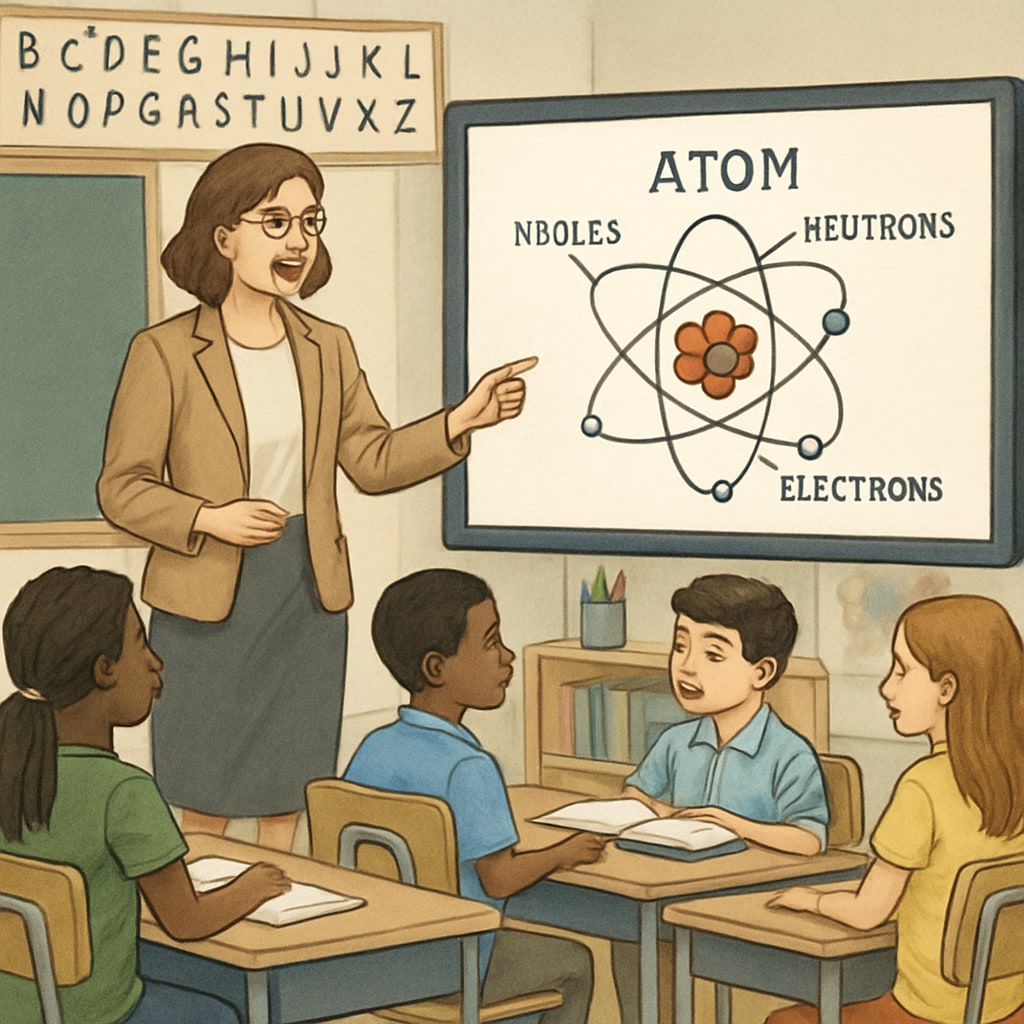In science classrooms with a high proportion of English Language Learners (ELLs), educators face unique challenges that demand innovative approaches to teaching. By integrating differentiated instruction, fostering cultural inclusivity, and adopting targeted assessment methods, teachers can create an environment where ELLs thrive academically while mastering the language of science. This article outlines effective strategies to support both language acquisition and subject comprehension in diverse classrooms.
Understanding the Needs of English Language Learners in Science Education
English Language Learners bring diverse linguistic and cultural backgrounds into the classroom, which greatly enrich the learning environment. However, these students often encounter barriers when mastering technical vocabulary and abstract concepts in science. To ensure their success, educators must first understand their unique needs.
- Language Proficiency Assessment: Regularly assess students’ English proficiency levels to tailor instruction to their needs. This can include tools like the WIDA ACCESS test or informal observations.
- Cultural Awareness: Incorporate students’ cultural backgrounds into science lessons to build relevance and engagement. For instance, explore indigenous knowledge systems related to environmental science.
- Emphasis on Academic Vocabulary: Focus on explicitly teaching the specialized terms used in science, such as “photosynthesis,” “gravity,” or “hypothesis.”

Strategies for Differentiated Instruction in ELL Science Classrooms
Differentiated instruction is a cornerstone of effective teaching in high-ELL classrooms. By customizing lessons to meet varied linguistic and cognitive abilities, teachers can ensure that all students grasp key concepts.
Here are some practical methods:
- Visual Aids: Use diagrams, charts, and videos to make complex ideas accessible. Visuals can bridge gaps for students who are still developing their English skills.
- Scaffolded Learning: Break lessons into smaller, manageable steps. Provide sentence frames or word banks during discussions and written tasks, enabling students to participate confidently.
- Collaborative Learning: Pair ELLs with peers who have higher English proficiency. This encourages peer teaching and builds language skills in a supportive setting.
For example, when teaching about ecosystems, provide labeled diagrams of food chains and encourage students to identify relationships between organisms. This approach combines visual learning with academic vocabulary practice.

Incorporating Cultural Respect into Science Education
Cultural inclusivity plays a vital role in engaging ELLs. Recognizing and valuing students’ backgrounds fosters a sense of belonging and motivation to learn.
Consider these approaches:
- Diverse Examples: Use examples and case studies from different cultures. For instance, discuss agricultural practices from around the world when teaching about plant biology.
- Multilingual Resources: Provide materials in students’ native languages to reinforce understanding. This can include bilingual glossaries or translated worksheets.
- Community Involvement: Invite guest speakers from various cultural backgrounds to share insights related to science topics.
By weaving cultural elements into the curriculum, teachers create a dynamic learning environment that respects and celebrates diversity.
Assessment Techniques for High-Proportion ELL Science Classrooms
Effective assessment is crucial for measuring both language development and content mastery. Traditional testing methods may not fully reflect ELLs’ understanding, so alternative approaches are necessary.
Here are some strategies:
- Performance-Based Assessments: Use hands-on experiments or projects to evaluate students’ knowledge. For example, ask students to build a model ecosystem and explain it.
- Language-Adjusted Tests: Simplify test language without diluting scientific rigor. Ensure that prompts are clear and free from unnecessary jargon.
- Formative Assessments: Conduct frequent, low-stakes assessments like quizzes or group discussions to monitor progress and adjust instruction as needed.
These methods allow teachers to gain a holistic view of students’ abilities while accommodating their language learning journey.
In conclusion, teaching science in high-proportion ELL classrooms requires a blend of creativity, empathy, and structured planning. By focusing on differentiated instruction, cultural inclusivity, and tailored assessments, educators can empower ELLs to succeed both linguistically and academically.
For further reading on language acquisition strategies, visit Wikipedia’s page on English Language Learners. For science education techniques, refer to Britannica’s article on Science Education.


